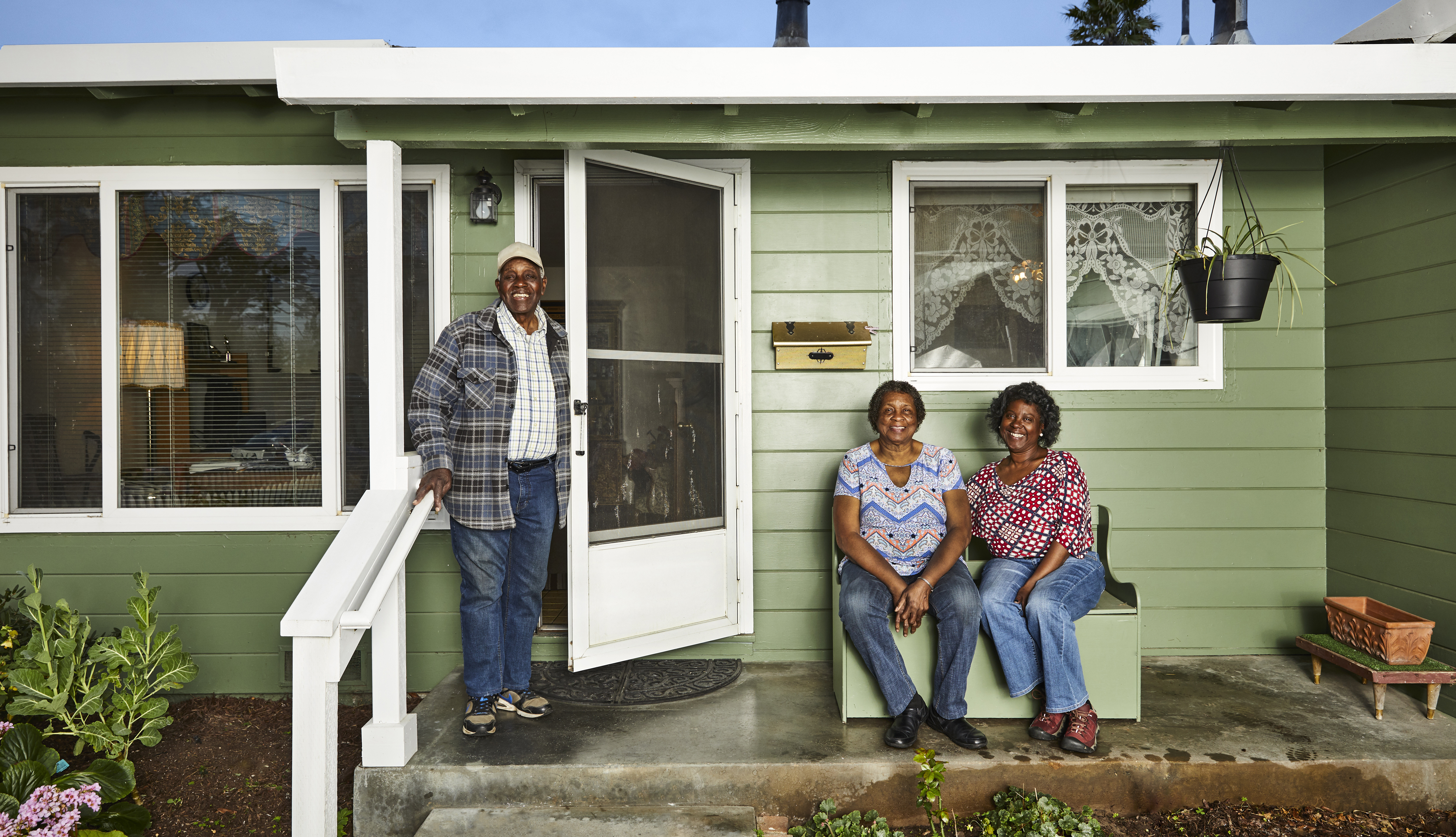
Accessory Dwelling Units Allow Homeowners to Choose Where They Age
- Select a language for the TTS:
- UK English Female
- UK English Male
- US English Female
- US English Male
- Australian Female
- Australian Male
- Language selected: (auto detect) - EN
Play all audios:

By AARP En español Published April 27, 2020
Remember “mother-in-law suites” or “granny flats"? Those tiny housing units often located behind a suburban home proliferated in post-World War II America until zoning laws shut down their
construction. Today they are experiencing a bit of a renaissance in U.S. communities — with real benefits to older Americans.
The contemporary term for a second, smaller home built on a parcel usually zoned for a detached house is accessory dwelling unit (ADU). To create affordable housing and slow sprawl, some
cities and states have passed laws to remove restrictions that hindered such development. In 2017, California made ADUs legal in cities throughout the state, and more recently the state has
streamlined fees and the building approval process. From January 2017 to June 2019, Los Angeles issued nearly 12,000 ADU building permits.
This is a potential boon for people who hope to remain in their homes as they age, says Dana Cuff, a professor of architecture and director of the think tank CityLab at UCLA, and one of the
writers of the 2017 California ADU legislation. “As people age, and they want a different living arrangement, they can stay in their communities,” Cuff says, rather than facing the stress
and dislocation of moving to a new neighborhood.
ADUs allow people to age in place by providing an array of options, such as an easy downsize to a separate, more accessible home on the property. The main house can be rented or a grown
child can live there (with his or her family). Other options are to use the ADU as living quarters for a caregiver or for a relative who requires care. Or the homeowner may be able to rent
the ADU for retirement income (also defraying the cost of construction, which can be as low as about $40,000 or reach into the hundreds of thousands).
"An ADU allows people to keep their connections to the community,” says Alan DeLaTorre, the Age-Friendly Program manager in Portland, Oregon's Bureau of Planning and Sustainability, which
promotes aging in place. In addition, older Americans often live in homes that were designed without mobility considerations. Many have multiple levels, and most are built up from street
level. Those barriers can push older people out of their homes before they are ready to move, DeLaTorre says. But ADUs, which can be built with mobility in mind, allow them to stay. Modern
construction is also more efficient, keeping heating and cooling costs lower. A 2018 AARP survey found that 67 percent of adults would consider living in an ADU to be close to someone but
still have a separate space. One-third of the respondents said that they would consider building an ADU.
